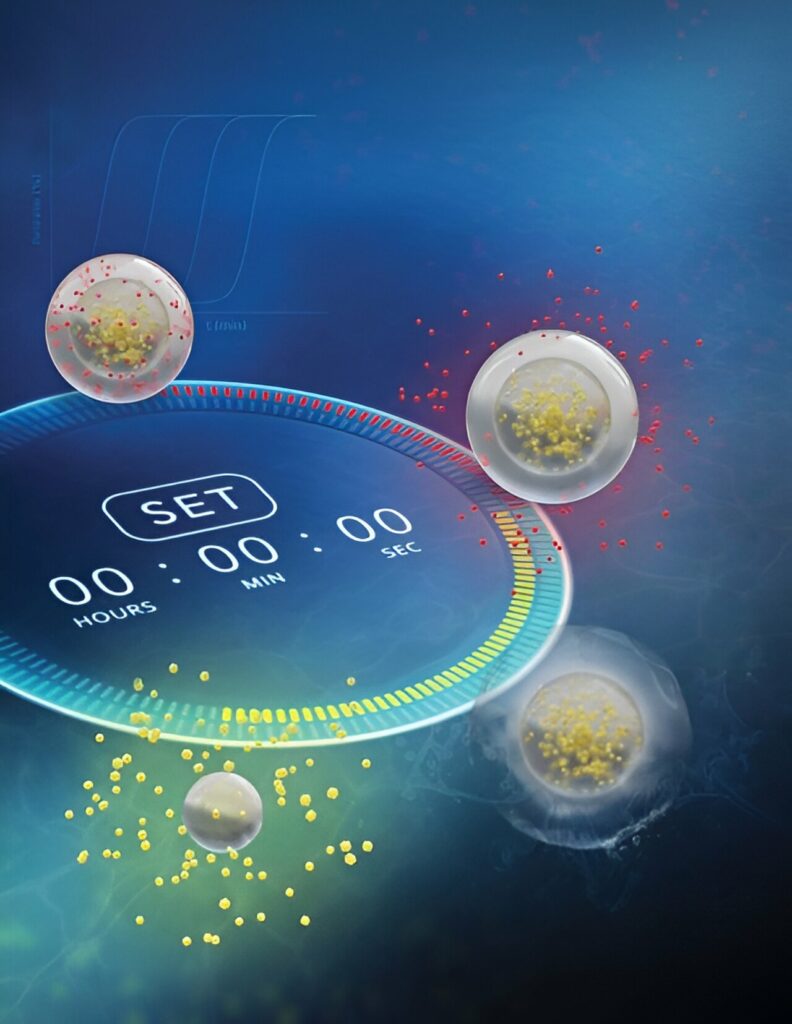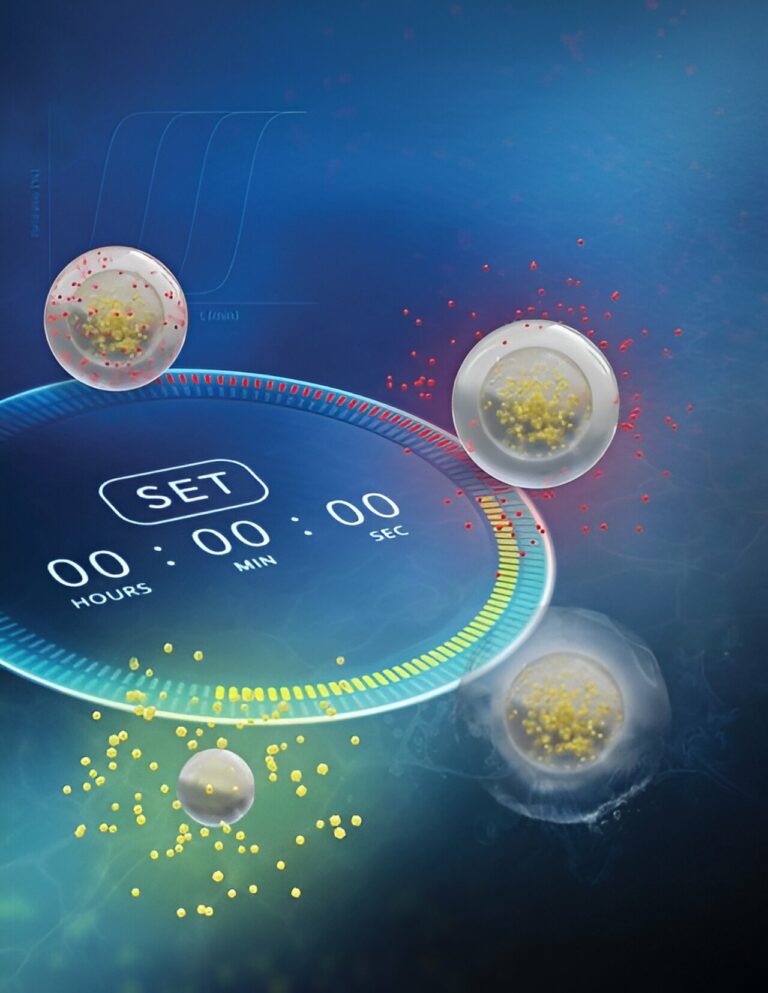Hydrogels demonstrate potential as an innovative method for enhancing drug delivery efficiency.
Several of the most promising pharmaceuticals in the drug development pipeline are inherently hydrophobic, meaning they resist water and pose challenges in dissolving for effective absorption by the body. However, MIT researchers have uncovered a more efficient approach to process and deliver these drugs, potentially enhancing their effectiveness.
The novel method, outlined in a paper published in the journal Advanced Healthcare Materials by MIT graduate student Lucas Attia, recent Ph.D. graduate Liang-Hsun Chen, and Professor of Chemical Engineering Patrick Doyle, involves initially processing the drugs in a liquid solution instead of a solid form. Patrick Doyle explains that the current drug processing involves a lengthy series of sequential steps. “We believe we can optimize the process, achieving superior products by consolidating these steps and capitalizing on our understanding of soft matter and self-assembly processes,” he states.

Attia highlights that many small-molecule active ingredients are hydrophobic, exhibiting poor water solubility and bioavailability issues when administered orally. This challenge is significant for up to 90% of drug candidates under development, making the new process relevant to a substantial class of potential drug molecules, especially those preferred for oral delivery over injections.
Another noteworthy aspect of the innovative method is its potential to simplify the combination of multiple drugs in a single pill, addressing challenges associated with patient compliance in cases of chronic illnesses with complex pill regimens. Attia emphasizes the convenience of taking one pill instead of multiple, enhancing the likelihood of patients adhering to their medication schedules.
The key to the breakthrough process lies in the utilization of hydrogels, sponge-like gel materials capable of retaining water and securing molecules. Unlike conventional methods involving mechanical grinding to enhance bioavailability, the new approach dissolves the drug in a carrier solution, creating nanoemulsions dispersed in a polymer solution. This nanoemulsion is then transformed into a hydrogel through a syringe, effectively preventing agglomeration and enabling precise control over crystal size. The resulting two-part package consists of a core containing active molecules and a hydrogel shell, offering control over the timing and rate of drug release.
This method, a novel creation by the research group, demonstrates the first approach capable of forming core-shell composite particles and structuring drugs in distinct polymeric layers in a single processing step. The researchers acknowledge that further testing on a diverse range of drug molecules is essential to validate the process’s generalizability. Despite scalability considerations, they express confidence in the potential for implementation within a few years, as the chosen materials are already recognized as safe for medical use, simplifying the approval process compared to other novel formulations.
This article is republished from PhysORG under a Creative Commons license. Read the original article.
Do not forget to share your opinion with us to provide you with the best posts !




0 Comments